 "Bozi Tatarevic" (hoonable)
"Bozi Tatarevic" (hoonable)
02/27/2015 at 12:01 • Filed to: hoonable, cafe, corvette, subaru, mpg
 9
9
 18
18
 "Bozi Tatarevic" (hoonable)
"Bozi Tatarevic" (hoonable)
02/27/2015 at 12:01 • Filed to: hoonable, cafe, corvette, subaru, mpg |  9 9
|  18 18 |
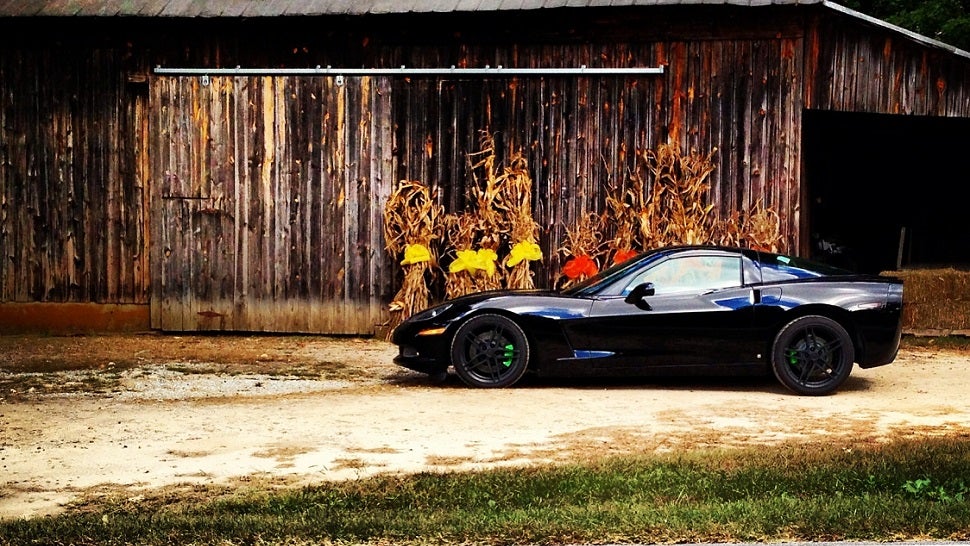
The Corporate Average Fuel Economy or CAFE is a set of regulations set by the US Congress dictating the average fuel economy for car manufactures across their model line. In theory, this is supposed to drive manufacturers to develop cars with better fuel economy but in practice it drives a lot of them to develop intuitive ways to get around the regulations.
The latest set of regulation is called CAFE 2025 and it entails a new standard of 54.5 MPG for new cars and trucks by 2025. When the announcement was made in 2011, most of the large automakers in the world joined President Obama and pledged for increases in efficiency for their vehicles but many had their fingers crossed behind their back.
The most famous case of how the standards can be cheated started with the C4 Corvette. At the time GM was trying to get the Corvette to show better fuel economy so they implement something called "Skip Shift". The way that skip shift works is that GM added a solenoid to the six speed manual transmission that would force the driver to shift from first gear to fourth gear if they were accelerating at a slow rate of speed from a stop. This effectively cheated the CAFE test that is supposed to be run in gears one thru three as it forced the tester to go to 4th gear and effectively get better city mpg ratings due to the lower RPM's. This small increase was enough to allow GM to avoid the gas guzzler tax.
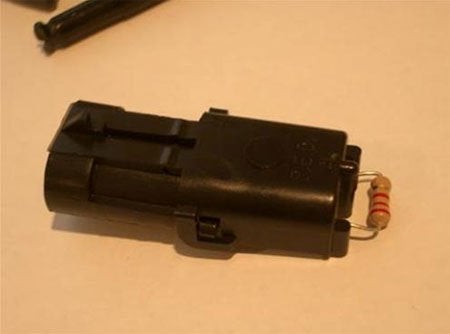
The skip shift solenoid exists even today in the C7 Corvette Stingray but even GM knew that they needed to make it easy for owners to get around it so they featured a page in the owners manual that sarcastically stated not to disconnect a set of wires or the skip shift would no longer function. Along with GM's suggestion, there are people that have come up with a resistor that can be setup in place of the solenoid for less than $10 that will disable the function and not set a fault code.
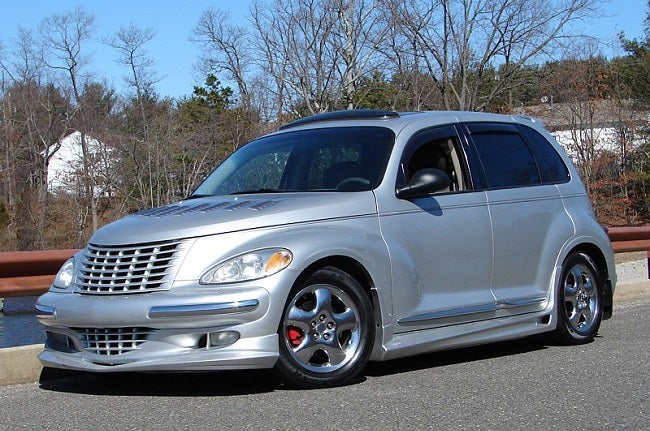
Another example of clever modification comes from Chrysler and the PT Cruiser. The PT Cruiser was basically an oversize Dodge Neon and used most of the same drive train and suspension but came in a retro wagon shape. The PT Cruiser should have been part of the same category as the Neon but Chrysler decided to make the rear seat removable to have the majority of the vehicle be cargo capacity and along with some lobbying was able to convince the EPA that the PT Cruiser was actually a light truck. This allowed it not to drag down the compact or midsize categories it should have belonged to and actually improve their truck category as it now averaged in with models like the Dodge Ram and Durango.
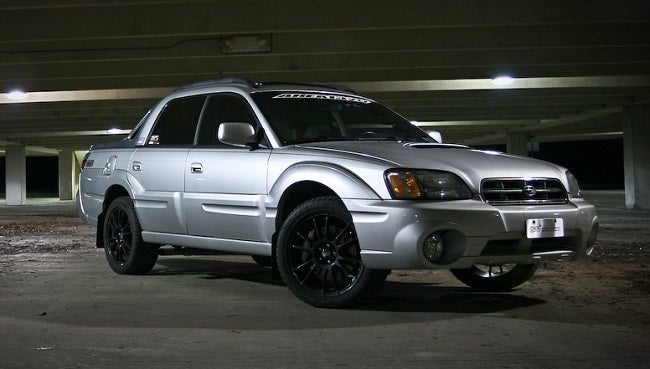
The Subaru Baja was based on the Subaru Legacy and Outback and shared a majority of the components but due to the cargo bed that was on the back of the Baja it was able to be classified as a light truck and not a passenger car. This put the Baja at lower requirement level and allowed it to have a more powerful engine at the time. The Baja and other vehicles like it get classified as light trucks all the time because there is a group requirements for that category and only one of them has to be met to qualify. The easiest one that manufacturers go for is the rear seat rule and all it stated is that the rear seats must be completely removable and offer a flat cargo area. The one that the PT Cruiser and Baja exploited goes along with this as well as the other rule which states that there must be more cargo are than passenger area.
Manufacturers are developing more fuel efficient vehicles but a lot of that is driven by competition and the CAFE standards stand mostly in the way. The standards date back to the late 70s and have been updated a few times but are still fairly easy to get around. The standards make a lot of people feel warm and fuzzy and like they are helping the environment but in the end the main factor that drives fuel efficient development is the consumer.
Bozi is the founder of !!!error: Indecipherable SUB-paragraph formatting!!! and creates articles on everything from engine swaps to late model car restorations. You can follow him on !!!error: Indecipherable SUB-paragraph formatting!!! and !!!error: Indecipherable SUB-paragraph formatting!!! or drop him a line at !!!error: Indecipherable SUB-paragraph formatting!!!
 HammerheadFistpunch
> Bozi Tatarevic
HammerheadFistpunch
> Bozi Tatarevic
02/27/2015 at 12:06 |
|
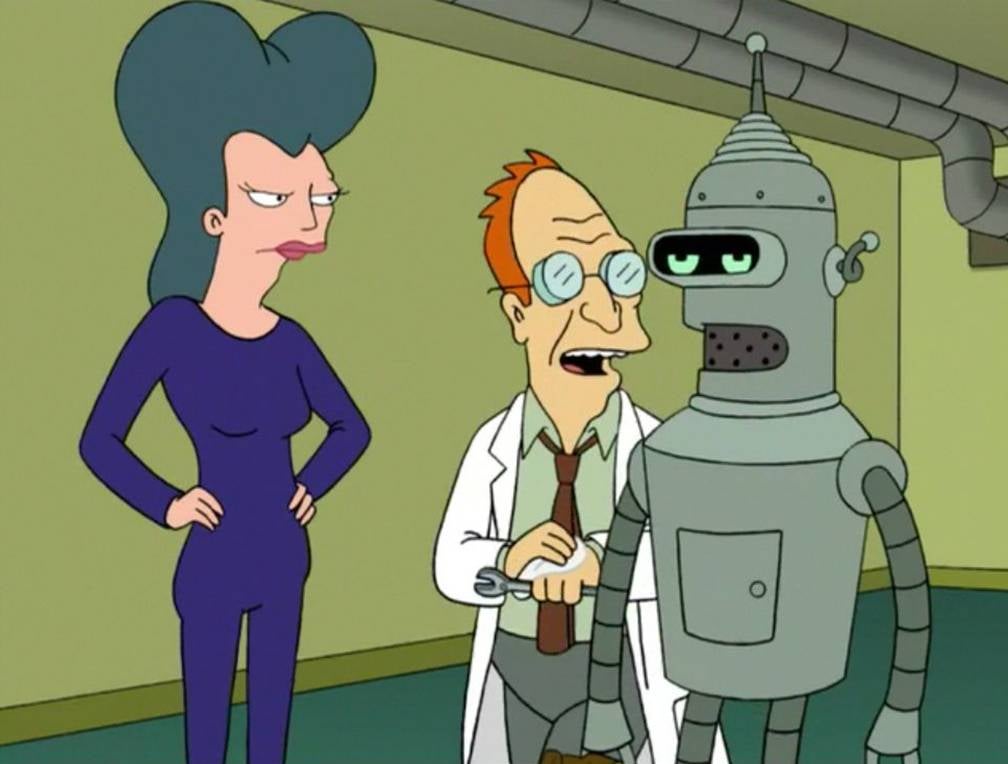
We'll just call it a sport utility robot and have it classified as a light truck.
 450X_FTW
> Bozi Tatarevic
450X_FTW
> Bozi Tatarevic
02/27/2015 at 12:19 |
|
Is the auto industry the only ones that are required to make a certain number of sales each year by government regulations? ie. Do appliance makers have to sell so many "energy star" rated appliances? Do they have to sell low gas burning ovens?
I'm willing to be $20 that the people wrote up the 54.5 mpg standard can't even explain suck, squeeze, bang, blow.
 uofime
> 450X_FTW
uofime
> 450X_FTW
02/27/2015 at 12:29 |
|
absolutely they do, I'm pretty sure you aren't even allowed to sell non energy star appliances.
faucets for instance have a maximum gpm they are allowed to flow.
 450X_FTW
> uofime
450X_FTW
> uofime
02/27/2015 at 12:36 |
|
Just looked up on Home Depot's. You can still by non energy star appliances, but they say "Meets the minimum federal energy efficiency standards". But Doesn't sound like they have to sell so many of the more efficient models or be get a fine. And yep didn't think about the faucet's, want to say it's 2.5 gpm, at least for showers I believe that is true. But those don't have to increase each year. From what I recall the automakers have to improve their fuel economy line up by around 5% each year to hit the 2025 targets. If the EPA had their way, we wouldn't drive cars, we'd drive appliances.
http://www.homedepot.com/p/LG-Electroni…
 crowmolly
> Bozi Tatarevic
crowmolly
> Bozi Tatarevic
02/27/2015 at 12:44 |
|
I was all set to mention CAGS and there it was at first mention! It was also used on f-bodies from 1993 to 2002.
 J. Bottos
> Bozi Tatarevic
J. Bottos
> Bozi Tatarevic
02/27/2015 at 14:04 |
|
Surprised you didn't mention the "Ecoboost" engine, and forced induction in general. The pivot to forced induction by the likes of Ferrari and Porsche is simply just the best way to cheat the MPG tests. On an MPG test loop the cars are driven delicately, so they are able to produce big MPG numbers because they're not on boost. In real world driving where those same cars aren't being driven so delicately, the gas mileage is much worse than what's stated on the EPA label. Ask anyone who drives an F-150 Ecoboost how it's working out for them.
 uofime
> 450X_FTW
uofime
> 450X_FTW
02/27/2015 at 14:28 |
|
I knew there were some requirements on electrical useage. you can only tier that so much you need to use a certain amount to get the job done. Similar logic leads me to doubt the 50mph café is ever going to happen, everyone is just going to pay the fine. I calculated it once it's really not that bad. what'll they do then, I dont' know relax the rules or bask in more revenue (auto lobby wont appreciate that).
I've found that if a few extra larger holes appear somehow in the aerator/restrictor assembly of a faucet it really improves the faucets ability to clean a razor....
 450X_FTW
> uofime
450X_FTW
> uofime
02/27/2015 at 14:36 |
|
Never been a fan of the passenger vehicles being the only ones that have to meet MPG requirements, when motorcycles, commercial vehicles, generators, lawn equipment, anything that burns gasoline/diesel, just have to pass emissions. No fuel consumption limit for them.
And that faucet flow has a loophole too. Shower heads are limited to 2.5 gpm, but it doesn't say you are not allowed to have more than 1 shower head in the same shower on at the same time.
 4 cam torino
> crowmolly
4 cam torino
> crowmolly
04/14/2015 at 15:46 |
|
GM has used it on every V8 manual transmission car since it was implemented, I believe. They've gotten much better at fine tuning it to be as not intrusive as possible. It is down right hard to get CAGS to engage on a CTS-V. Mustangs started doing it too.
 The-Guy-They-Warned-You-About
> 450X_FTW
The-Guy-They-Warned-You-About
> 450X_FTW
04/14/2015 at 15:48 |
|
The EPA cracked down on the lawn equipment a few years ago. Due to the crackdown, we lost some of the really bulletproof engines like the Vanguard.
One of the ways many manufacturers met the emissions was to increase the operating RPM of the engines. The marketing people LOVED this because as all car people know, Horsepower is nothing more than torque multiplied by RPM. So, these faster spinning engines suddenly made more horsepower! That is why you see mid-20hp numbers for most lawn tractors now.
Personally I don't think the newer engines work as well in the cold as the older snowblower engines did. The lawn equipment seems to be OK, but I swear my newer V-twin tractor is significantly louder than the 20 year old singe cylinder it replaced. Not a huge deal as I wear hearing protection anyway - maybe the exhaust note is just different that it appears louder.
Yea, the exhaust pipes are a bit cleaner, but you now burn more fuel due to the higher RPM. Not sure that trade-off was worth it.
 Evan78
> Bozi Tatarevic
Evan78
> Bozi Tatarevic
04/14/2015 at 16:43 |
|
Manufacturers are developing more fuel efficient vehicles but a lot of that is driven by competition and the CAFE standards stand mostly in the way.
I don't understand how the standards stand in the way. Any examples?
These examples of cheating seem pretty trivial. The Baja represents about 4% of U.S. Subaru sales over its production run, although the PT Cruiser was more significant since it sold pretty well for several years. You said the skip shift resulted in a small increase, and the Corvette is a low volume car, so how much does it really impact GM's CAFE numbers? I bet the biggest factor for skip shift was the gas guzzler tax.
 Howie
> Bozi Tatarevic
Howie
> Bozi Tatarevic
04/14/2015 at 17:53 |
|
I know crazy but as I understand it in Europe the lunatics run the asylum with manufacturers hiring independent companies to test their vehicles and those companies are given a great deal of latitude in determining the fuel efficiency of a vehicle. So much so that some companies are in high demand as they return more favorable results due to testing location and other factors.
 jeff4066
> Bozi Tatarevic
jeff4066
> Bozi Tatarevic
04/14/2015 at 19:15 |
|
Hmmm. Is the HHR rear seat removable? I mean, easily. ANYTHING is removable at least once.
 cabarne4
> Bozi Tatarevic
cabarne4
> Bozi Tatarevic
04/14/2015 at 21:45 |
|
My favorite is Dodge's latest to increase standards.
"Ram" is now a separate entity. So, all Dodge makes are SUVs, cars and such — which get much better MPG. Ram, on the other hand, is a commercial vehicle manufacturer, who makes exclusively trucks. Because they only make trucks, and nothing else, they don't have to follow CAFE standards.
 sledge138
> cabarne4
sledge138
> cabarne4
04/15/2015 at 01:05 |
|
Trucks are included in CAFE, but measured separately from passenger vehicles (cars, cross-overs). RAM brand includes light trucks (non-commercial), but that matters not, as each automaker's brands/nameplates are counted under that manufacturer's totals. Infiniti and Lexus are counted as Nissans and Toyotas respectively. Ram, Dodge, Chrysler, Fiat, and Ferrari all count towards FCA's CAFE numbers.
 cabarne4
> sledge138
cabarne4
> sledge138
04/15/2015 at 01:53 |
|
huh, weird. Guess I was told wrong.
 sledge138
> Bozi Tatarevic
sledge138
> Bozi Tatarevic
04/15/2015 at 02:26 |
|
This put the Baja at lower requirement level and allowed it to have a more powerful engine at the time
More powerful than what?? The Baja is nearly identical to the Legacy/Outback yet has the same powertrain as the smaller Forester!
And CAGS is cheating? That's like telling a bully that you spent your lunch money. Every car that's affected by it can start off in second without issue, and unless you are trying to piss your money away-you'd skip gears under normal driving conditions (which the EPA's procedure doesn't allow). It's called a selective gearshift. It's definitely annoying and asinine that the EPA testing is so biased against manual transmissions, but CAGS doesn't magically produce numbers that are unobtainable. EPA's normal testing would have the trans in 3rd gear at 40 mph...during a fuel economy test!
 Katydidit
> cabarne4
Katydidit
> cabarne4
04/16/2015 at 21:46 |
|
I think reliability ratings also had something to do with it.